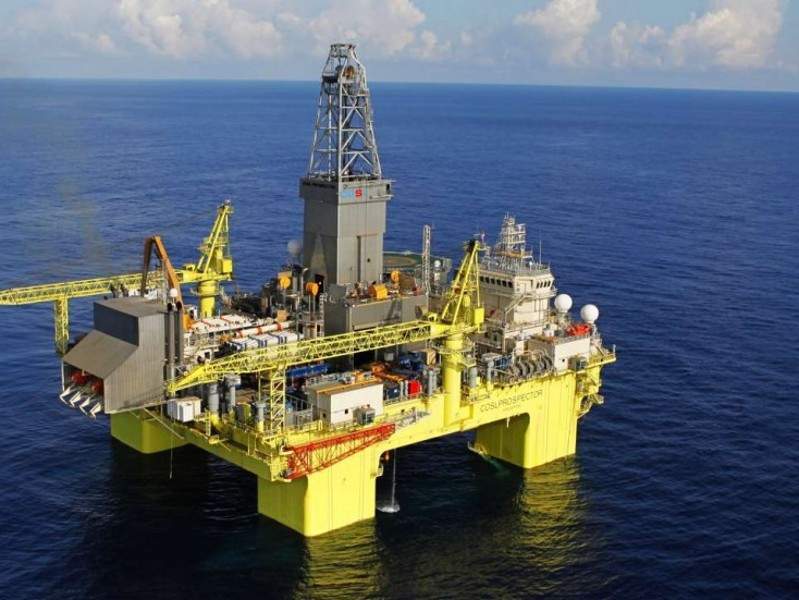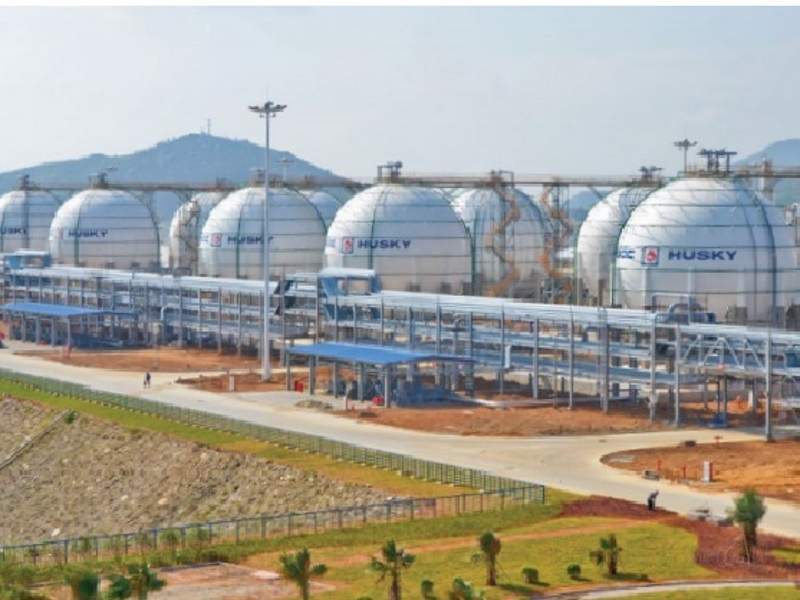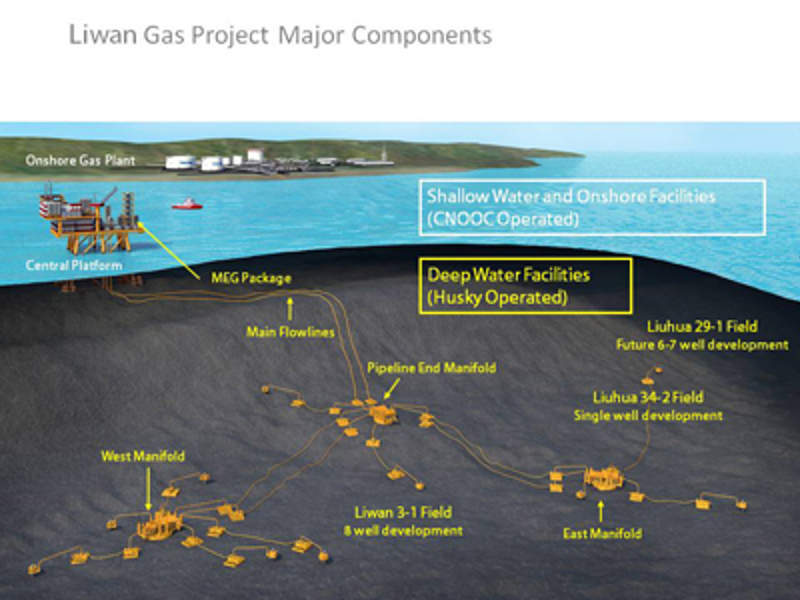Liwan gas project located in the block 29/26 of South China Sea, approximately 300km south-east of Hong Kong, is China’s first deepwater gas field development.
Situated in water depth up to 1,500m, Liwan offshore gas field was discovered in 2006 and has been in production since March 2014.
The $6.5bn Liwan gas project comprises three natural gas fields that include the already producing Liwan 3-1 and Liuhua 34-2 fields and the upcoming Liuhua 29-1 field development. It, further, includes a shared shallow water subsea production system tied back to an onshore gas processing facility in the Gaoland Island.
Husky Oil China, a subsidiary of Husky Energy, holds 49% interest in Liwan 3-1 and Liuhua 34-2 fields and operates the deepwater infrastructure of the fields, while China National Oil Corporation (CNOOC) holds 51% interest and operates the shallow water infrastructure of the project.
Liwan 3-1 and Liuhua 34-2 commenced production in March and December 2014, respectively.
Husky Energy sanctioned the Liuhua 29-1 field development in December 2017 after concluding a gas sales agreement. It increased its working interest in the field to 75% in April 2018.
Liuhua 29-1 is expected to commence production in 2021, adding 80 million cubic feet (Mcf) of gas production a day to Liwan’s total production, which already averages more than 300Mcf a day.
Liwan gas field reserves
The Liwan gas field is estimated to hold up to six trillion cubic feet of recoverable gas reserves.
Existing infrastructure facilities at Liwan gas project
The Liwan 3-1 gas field was developed with nine deepwater production wells, while the Liuhua 34-2 field was developed with one gas production well.
Both the fields are tied back through three subsea manifolds to the Liwan central processing platform located in 200m water depth, approximately 75km away from the Liwan 3-1 field.
Natural gas produced from each well flows to a nearby manifold and then to a larger pipeline-end manifold, before flowing to risers at the central platform.
With its topsides weighing 31,000t and measuring 110m-long, 77m-wide and 95m-tall, the Liwan central processing platform was the biggest ever oil and gas platform block built and installed in Asia.
Natural gas from the Liwan central processing platform is further sent to the Gaolan gas terminal onshore through a 260km subsea pipeline.
Spread over a 300ha site, the Gaolan gas terminal houses facilities to extract condensates and natural gas liquids (NGLs) such as propane and butane. The processed natural gas is compressed and transported to commercial markets.
Gaolan gas terminal is directly connected to the Guangdong Natural Gas Grid.
Liuhua 29-1 field development details
Located in a water depth ranging from 520m to 1,200m, the Liuhua 29-1 field is planned to be developed with a total of seven wells including four existing wells and three new production wells planned to be drilled in the fourth quarter of 2018.
The production from the Liuhua 29-1 well will be directly tied-back to the existing Liwan subsea infrastructure and the Gaolan gas plant.
The field development will include the installation of 12in diameter production flowlines, 7in diameter flexible spur flowlines, one eight-slot manifold, three off infield steel tube umbilicals, and four off rigid tie-in jumper spools.
Contractors involved with the Liuhua 29-1 field development
COOEC Subsea was awarded an engineering, procurement, construction and installation (EPCI) contract for the subsea infrastructure of the Liuhua 29-1 field, in June 2018.
Ocean Installer was subcontracted by COOEC Subsea in August 2018 to conduct third party verification and engineering support work for the Liuhua 29-1 field development.
Petrofac was awarded a three-year project support and engineering services contract for the Liuhua 29-1 field development, in May 2018.
Contractors involved
Bechtel was the project management contractor for the Liwan gas project.
COOEC Subsea was responsible for the engineering, procurement and construction of the Liwan central processing platform and the 260km submarine pipeline connecting the Gaolan gas plant.
DeepOcean was subcontracted by COOEC Subsea for trenching and survey operation for the subsea pipeline using the multi-role subsea construction vessel Volantis and the UT-1 free-flying jet trencher.
Technip was awarded the pipeline installation contract by COOEC Subsea for the Liwan gas project.
Bentley was subcontracted for providing the jacket design for the Liwan platform using MOSES and SACS offshore platform design and simulation software.
SAIPEM was the EPCI contractor for the subsea production infrastructure including umbilicals, flow lines and manifolds for the Liwan 3-1 and Liuhua 34-2 field developments.
SAIPEM subcontracted DeepOcean for using the latter’s construction vessel Volantis during the deepwater offshore works for the project.
Worley Parsons conducted deepwater feasibility study and provided management consultancy service as well as the front-end engineering and design (FEED) for the Liwan gas project.





